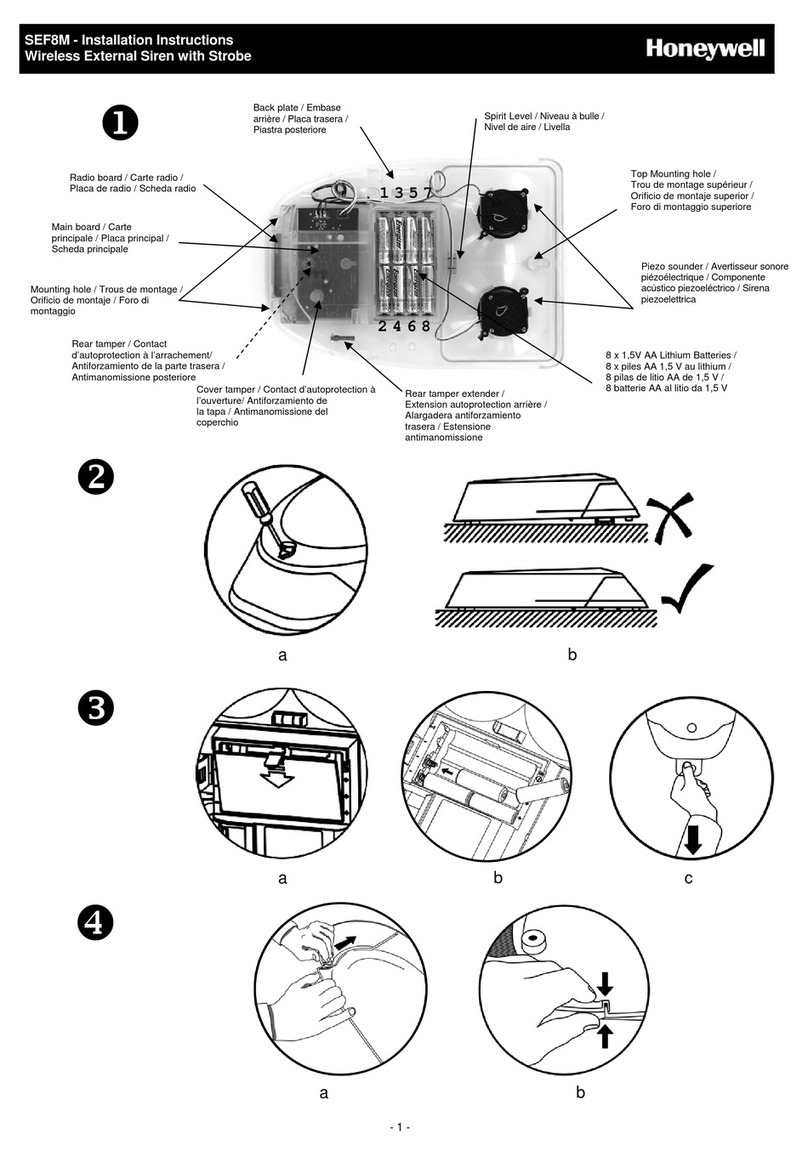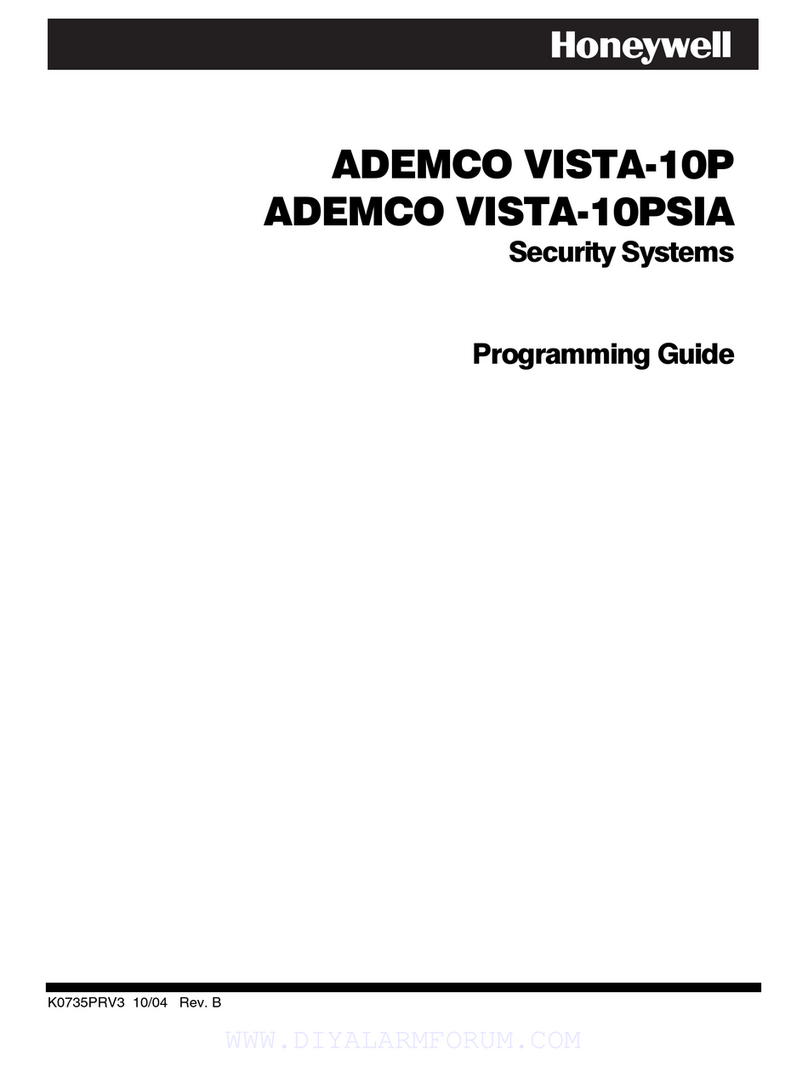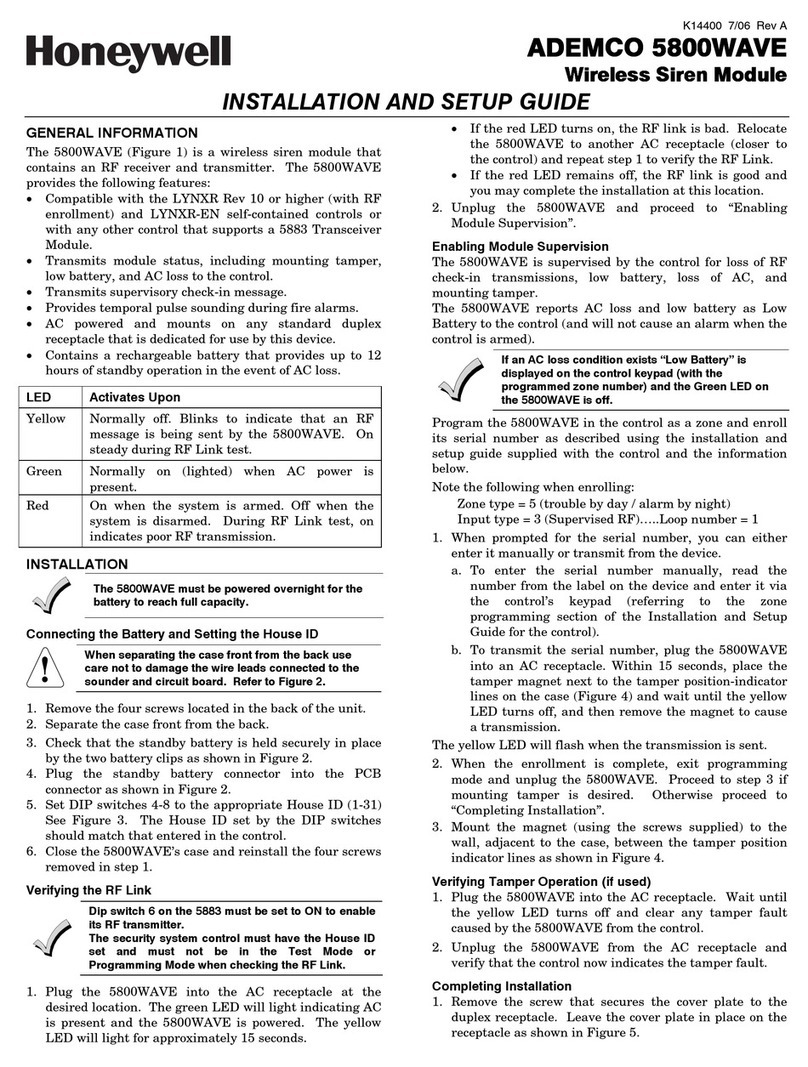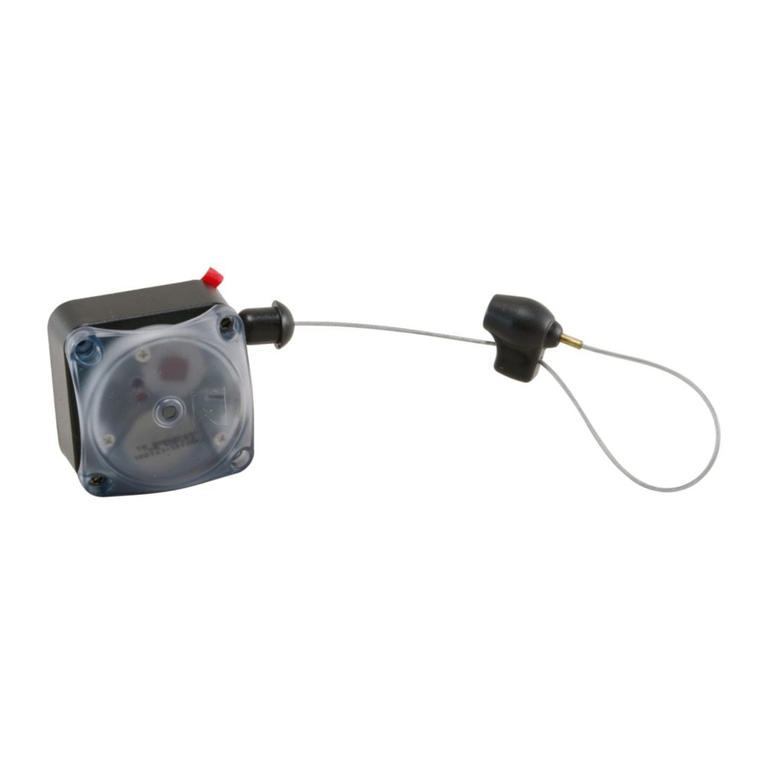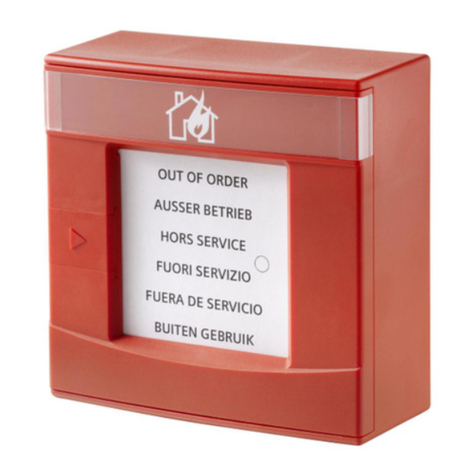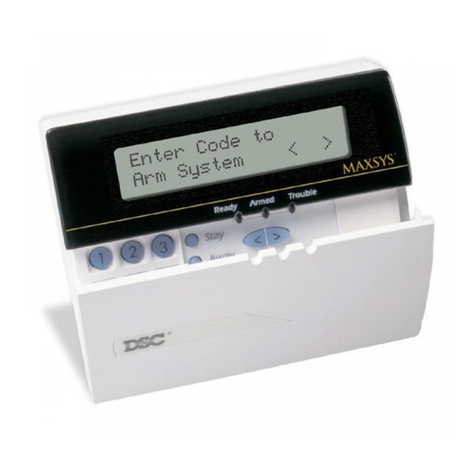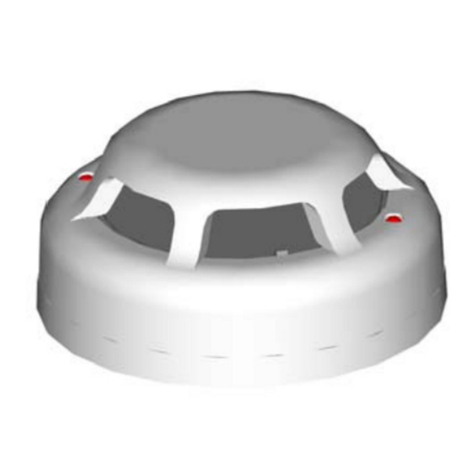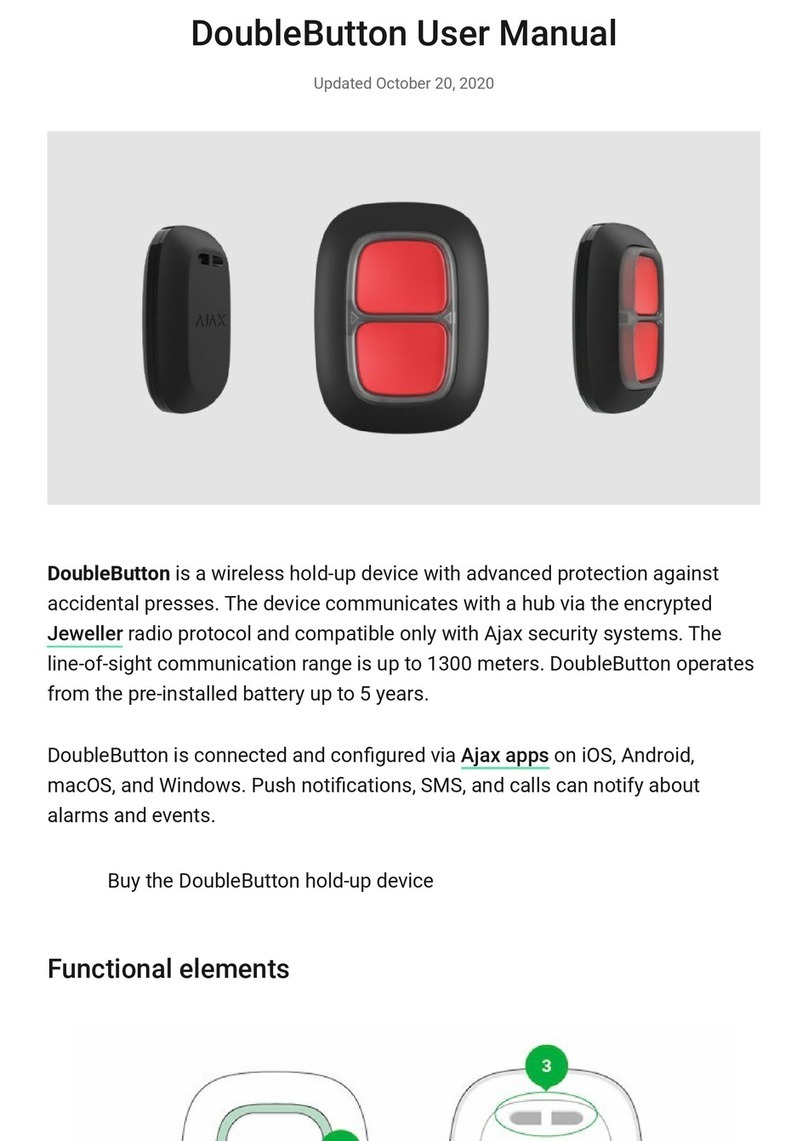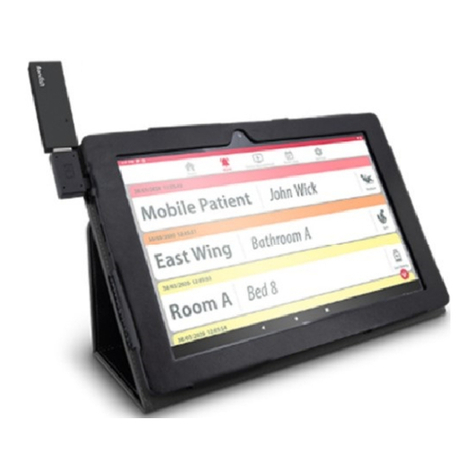Honeywell Wireless Alarm Bar User manual
Other Honeywell Security System manuals

Honeywell
Honeywell X-618 User manual
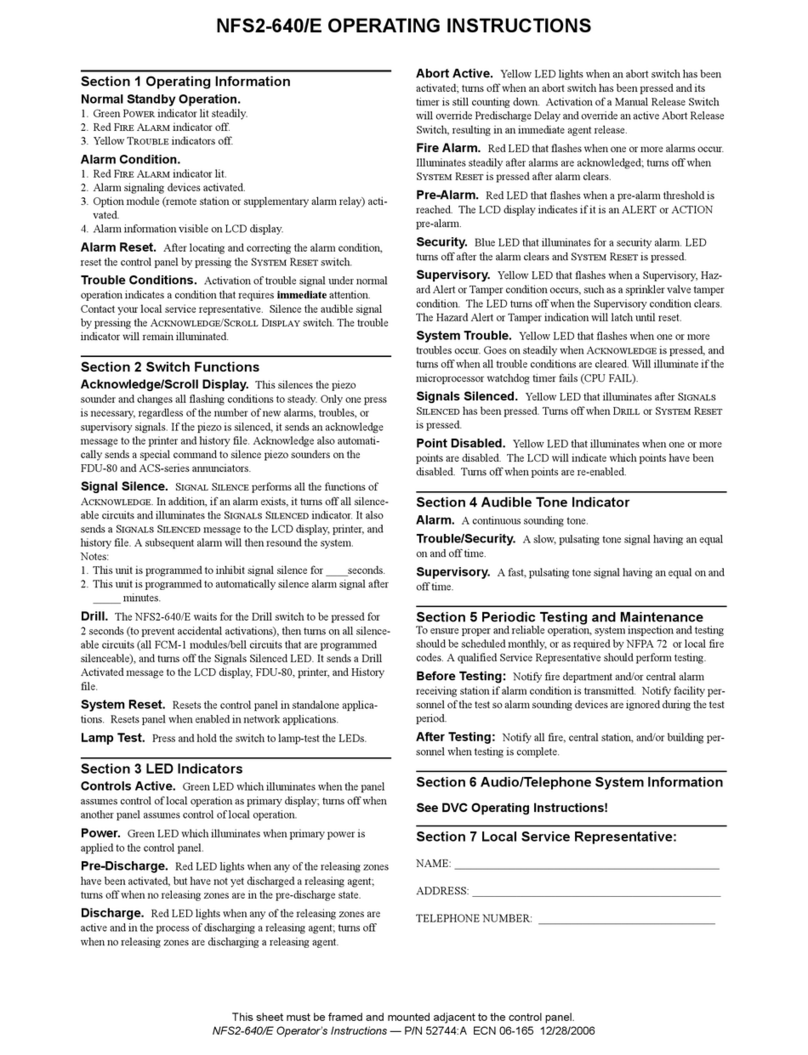
Honeywell
Honeywell Notifier NFS2-640/E User manual
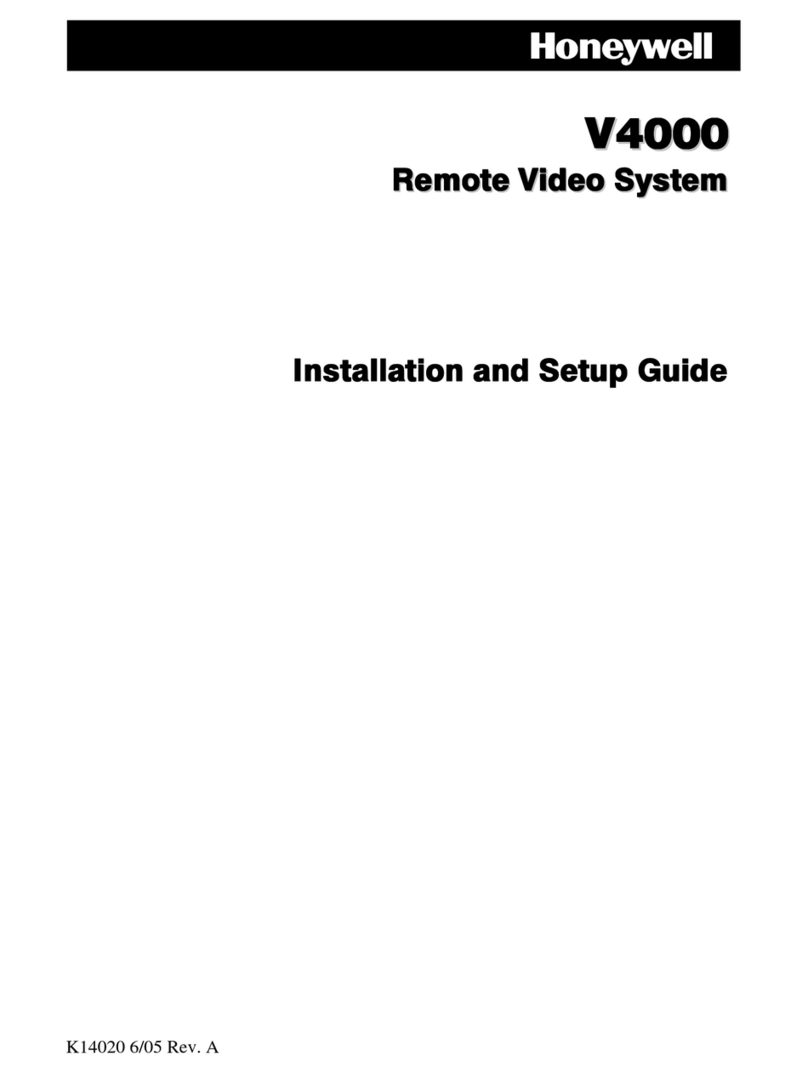
Honeywell
Honeywell V4000 Assembly instructions
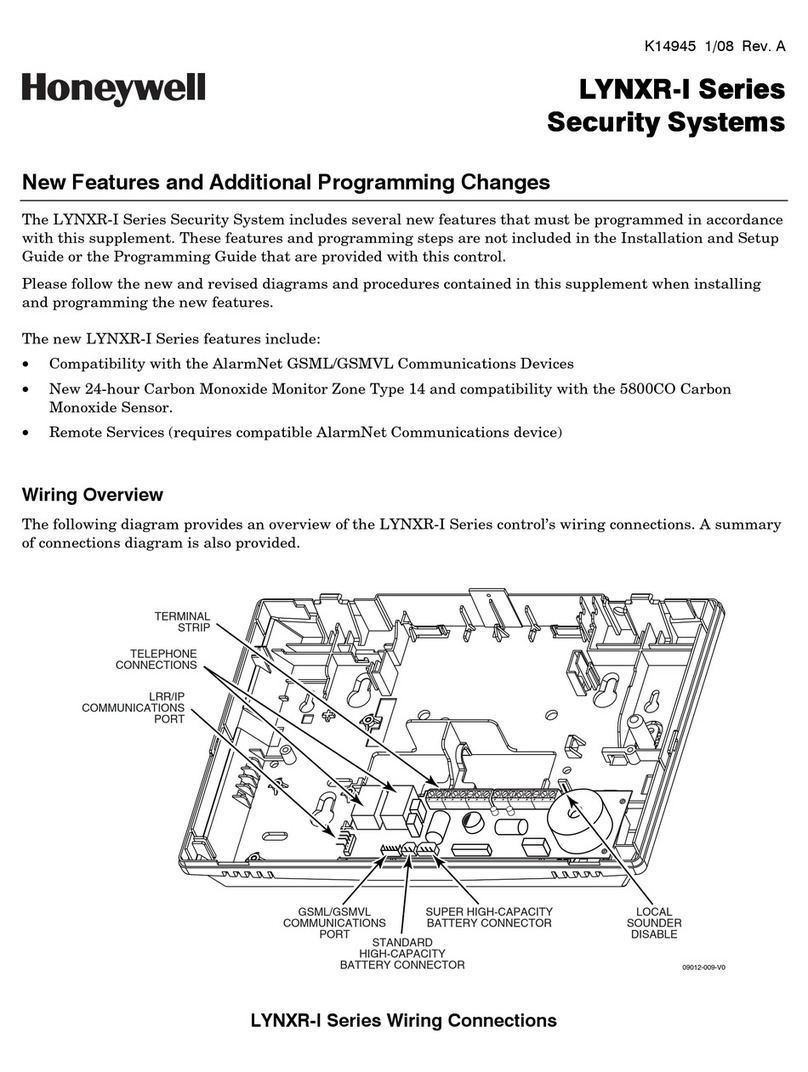
Honeywell
Honeywell LYNXR-I Series Operating instructions

Honeywell
Honeywell VISTA-20PSeries User manual

Honeywell
Honeywell ADEMCO VISTA-40 User manual
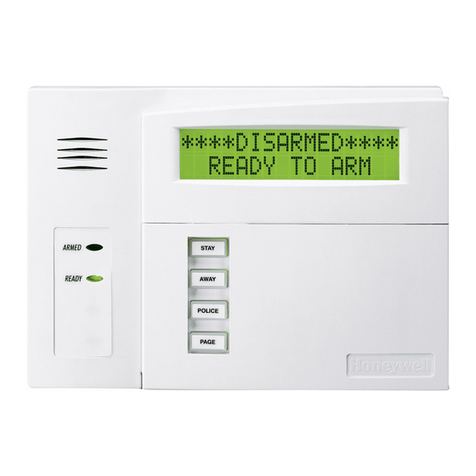
Honeywell
Honeywell Ademco VISTA-20P User manual
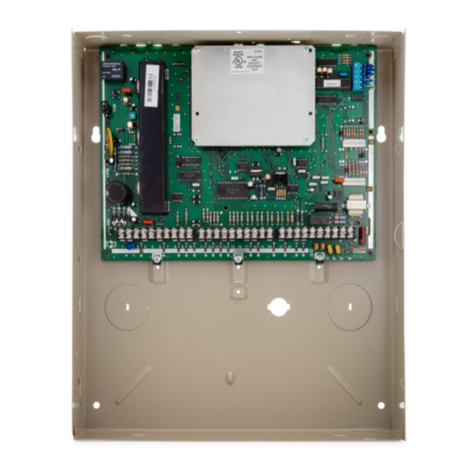
Honeywell
Honeywell VISTA-128BPEN Assembly instructions
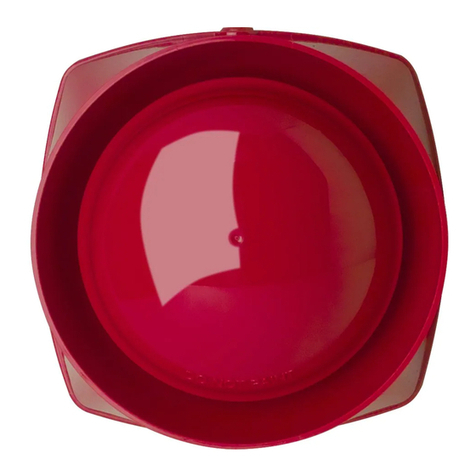
Honeywell
Honeywell ESSER IQ8Alarm User manual
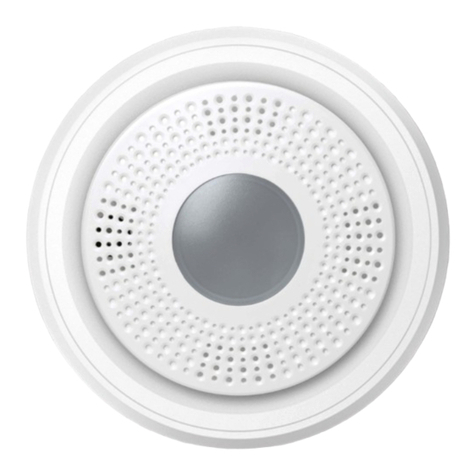
Honeywell
Honeywell PROSiXSIRENO Assembly instructions
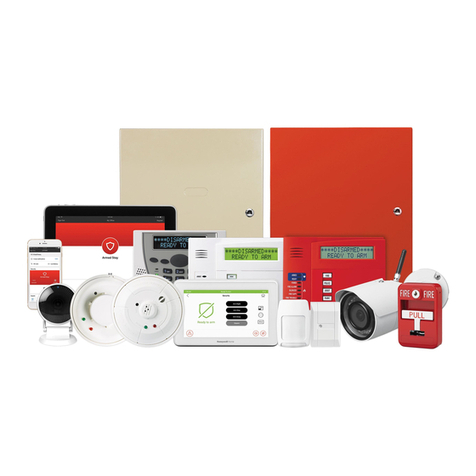
Honeywell
Honeywell VISTA-128FBP User manual
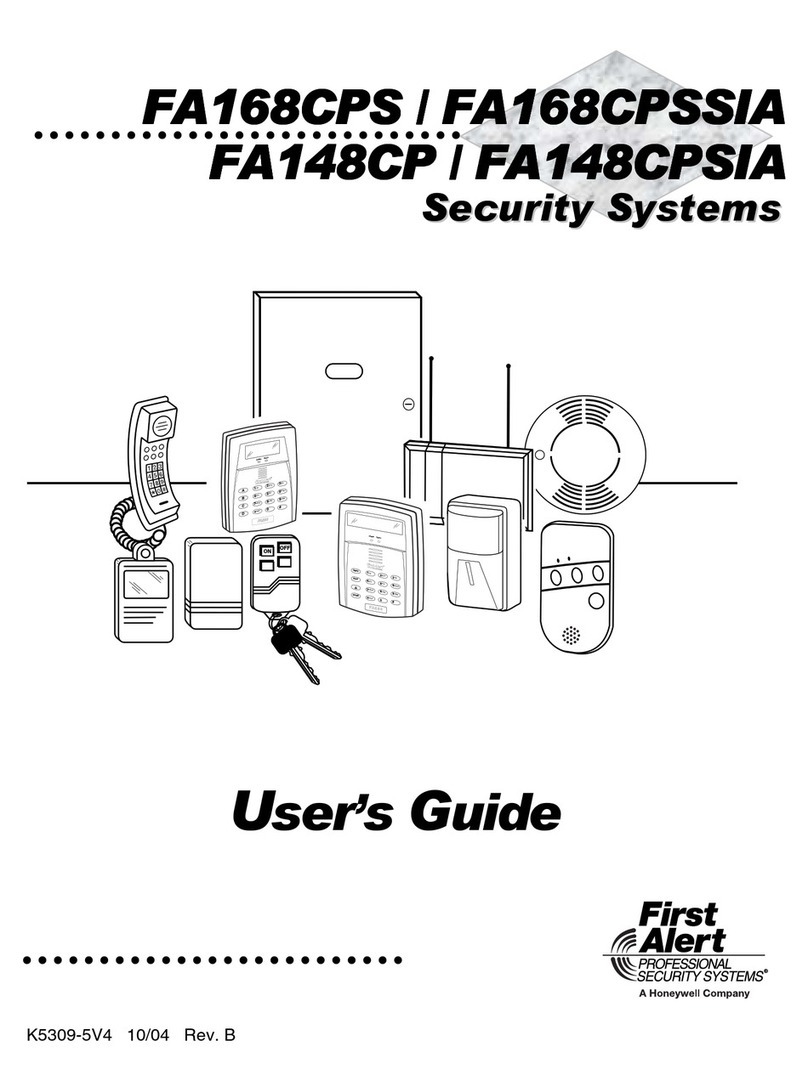
Honeywell
Honeywell First Alert FA168CPS User manual
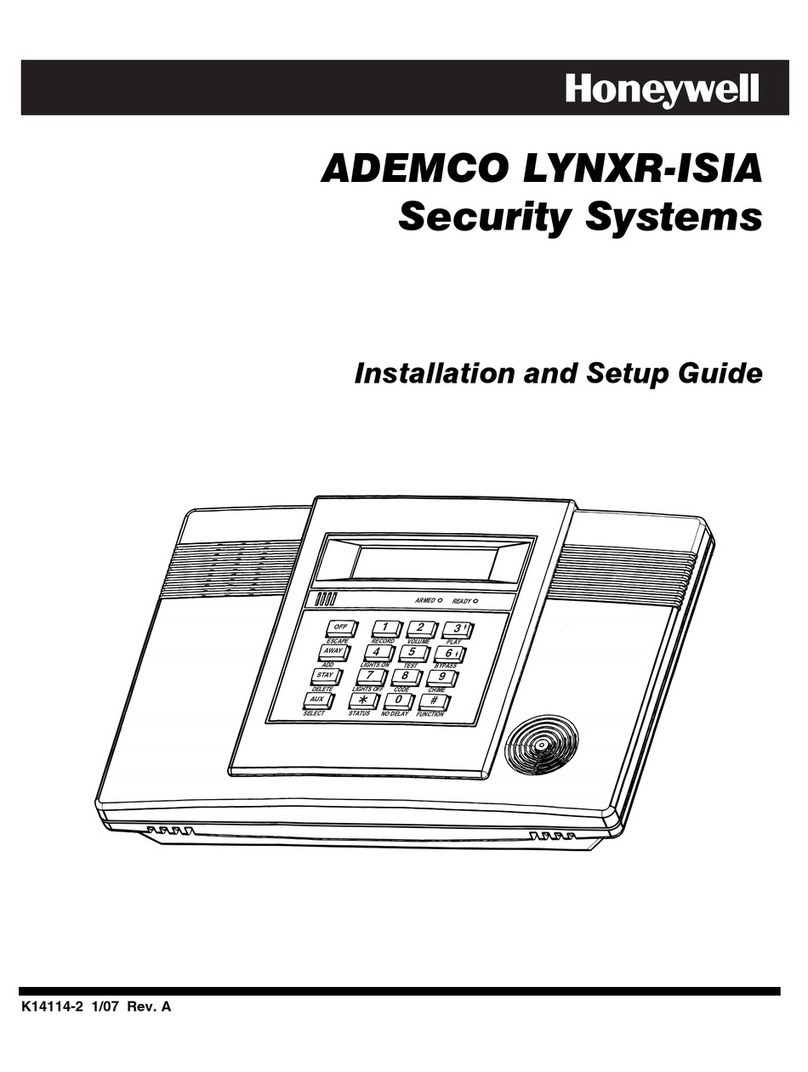
Honeywell
Honeywell ADEMCO LYNXR-ISIA Assembly instructions

Honeywell
Honeywell 702 Service manual
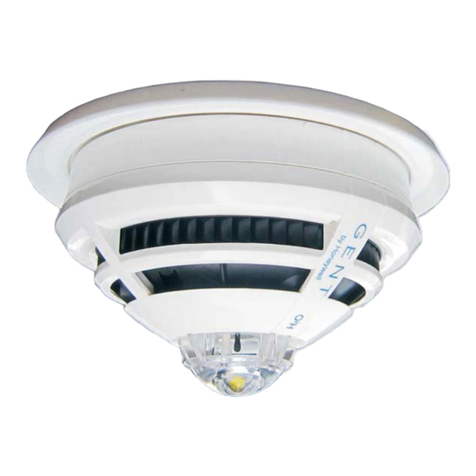
Honeywell
Honeywell S-Quad Instruction manual
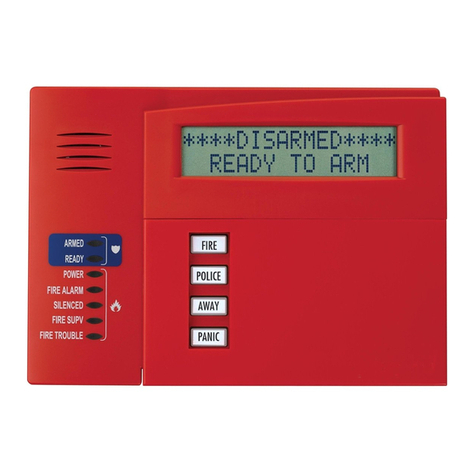
Honeywell
Honeywell VISTA-128FBPT User manual
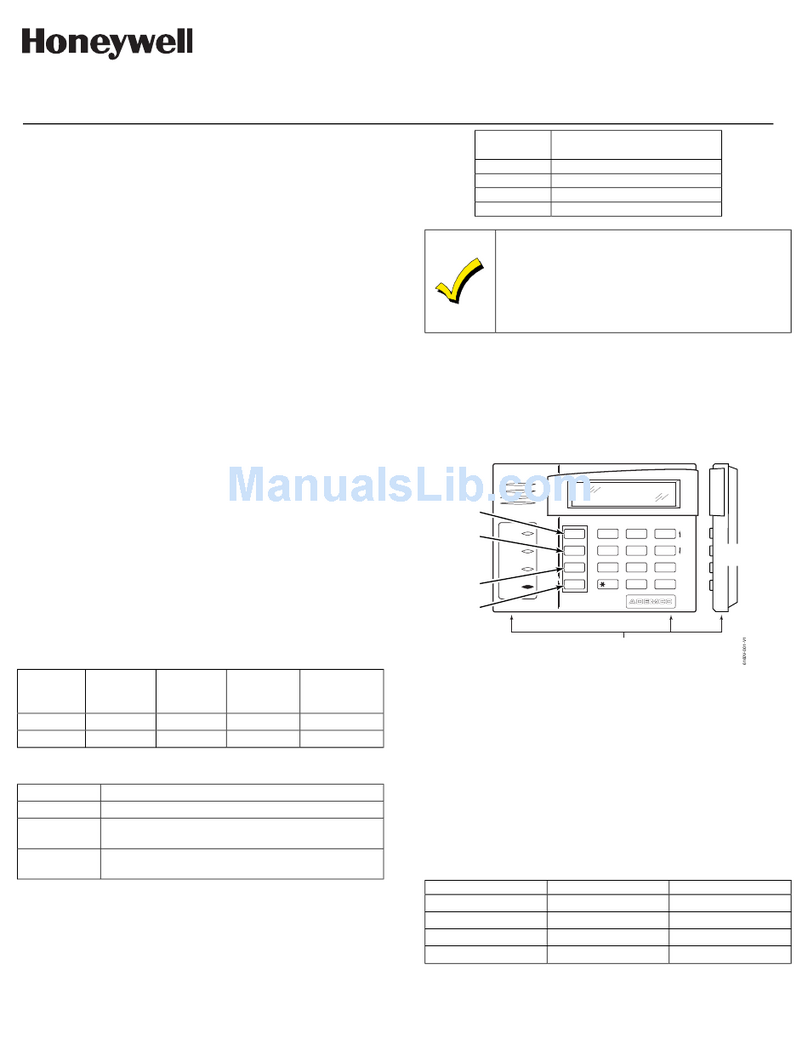
Honeywell
Honeywell ADEMCO 6150V User manual
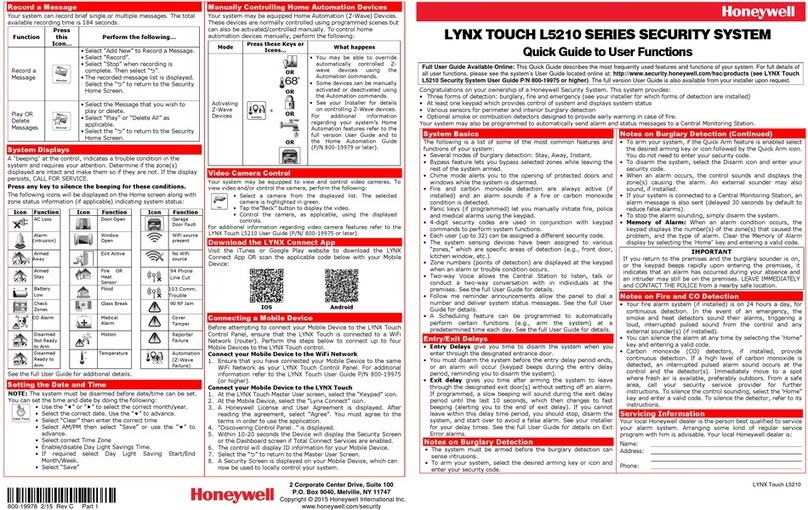
Honeywell
Honeywell LYNX Touch L5210 Series User manual
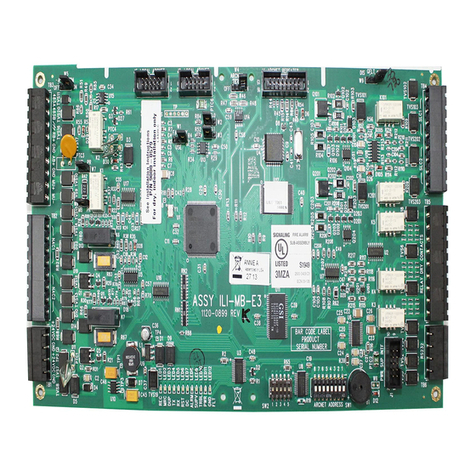
Honeywell
Honeywell Gamewell-FCI E3 Series User manual

Honeywell
Honeywell TUXWIFIS Assembly instructions
Popular Security System manuals by other brands

Inner Range
Inner Range Concept 2000 user manual
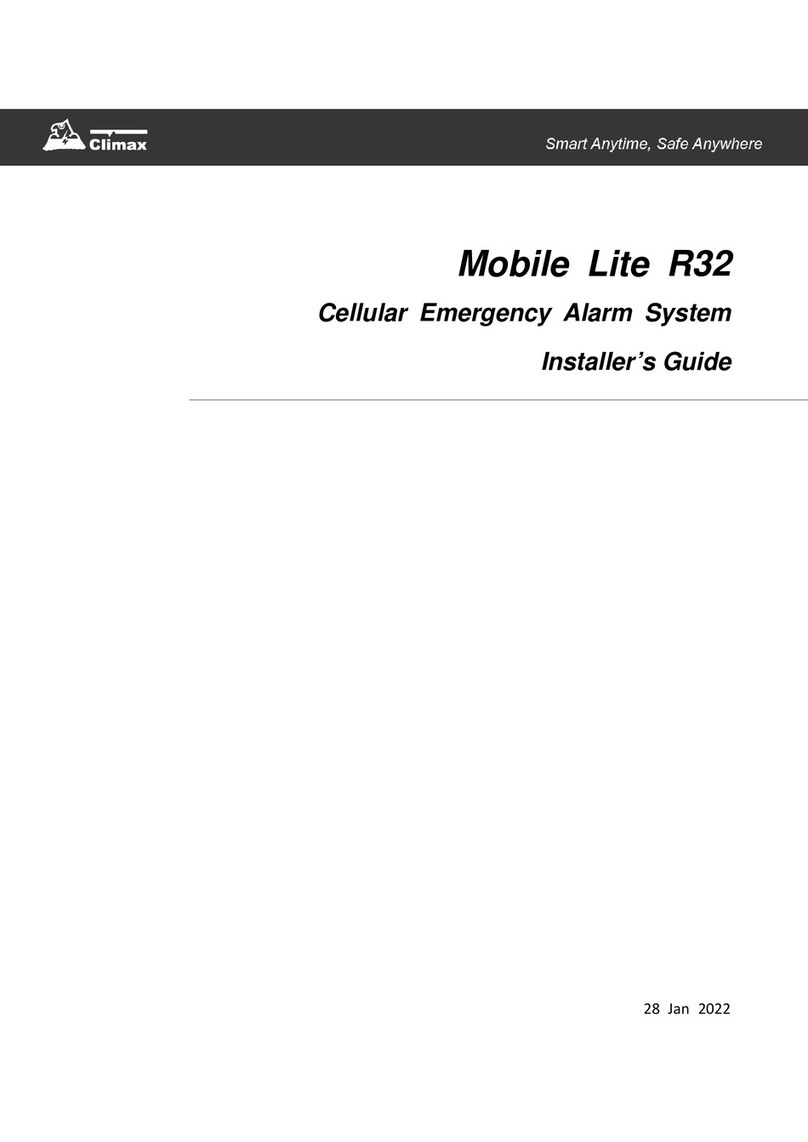
Climax
Climax Mobile Lite R32 Installer's guide

FBII
FBII XL-31 Series installation instructions

Johnson Controls
Johnson Controls PENN Connected PC10 Install and Commissioning Guide

Aeotec
Aeotec Siren Gen5 quick start guide
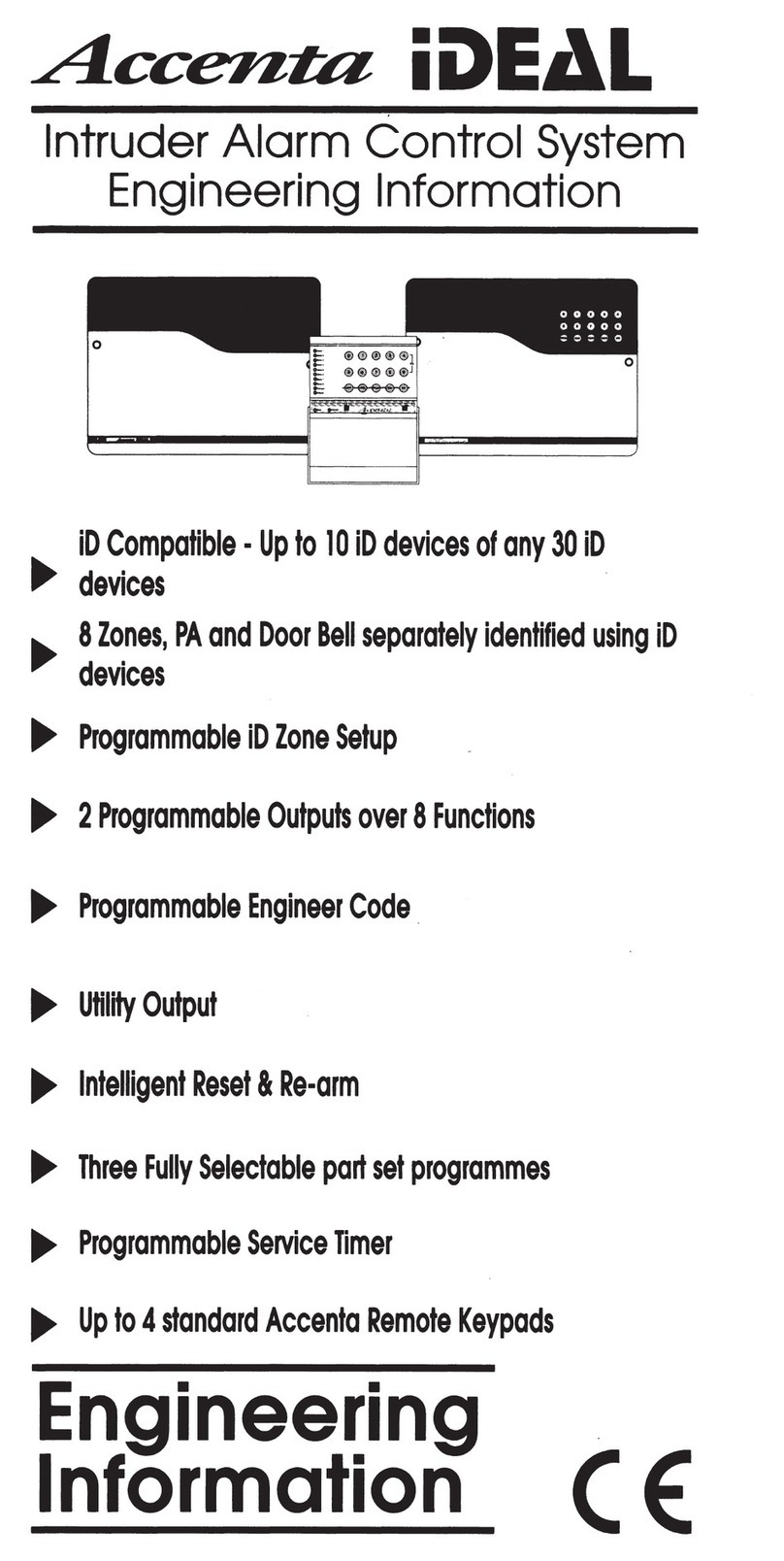
IDEAL
IDEAL Accenta Engineering information

Swann
Swann SW-P-MC2 Specifications

Ecolink
Ecolink Siren+Chime user manual
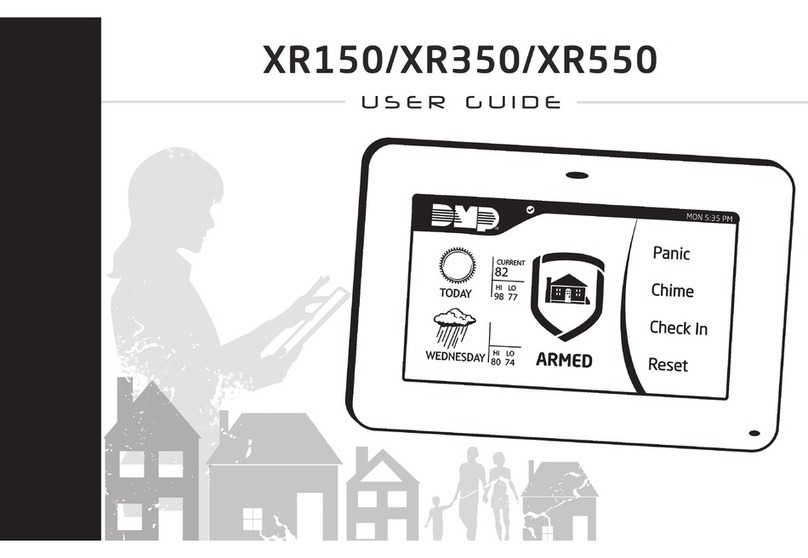
Digital Monitoring Products
Digital Monitoring Products XR150 user guide

EDM
EDM Solution 6+6 Wireless-AE installation manual

Siren
Siren LED GSM operating manual

Detection Systems
Detection Systems 7090i Installation and programming manual
